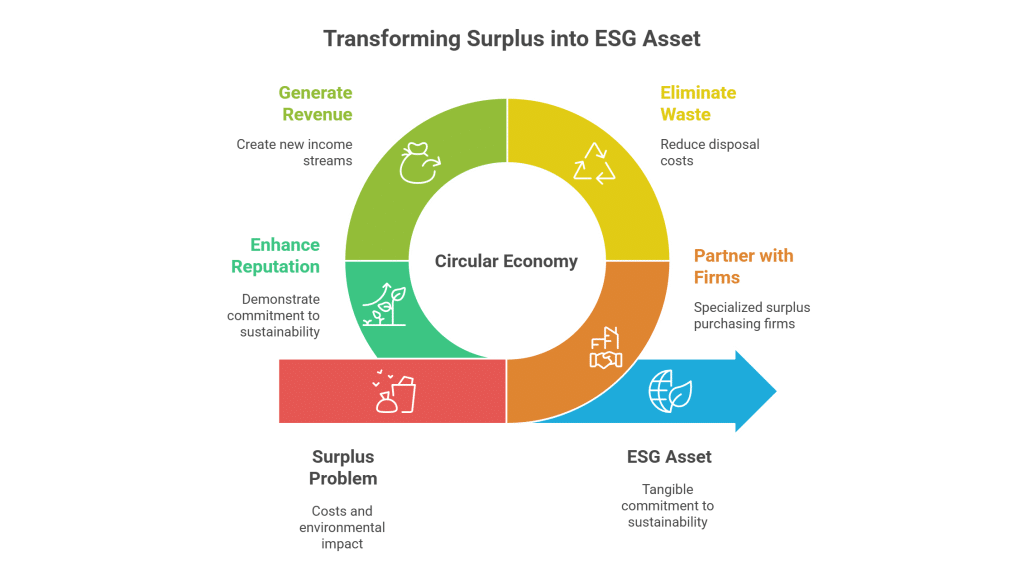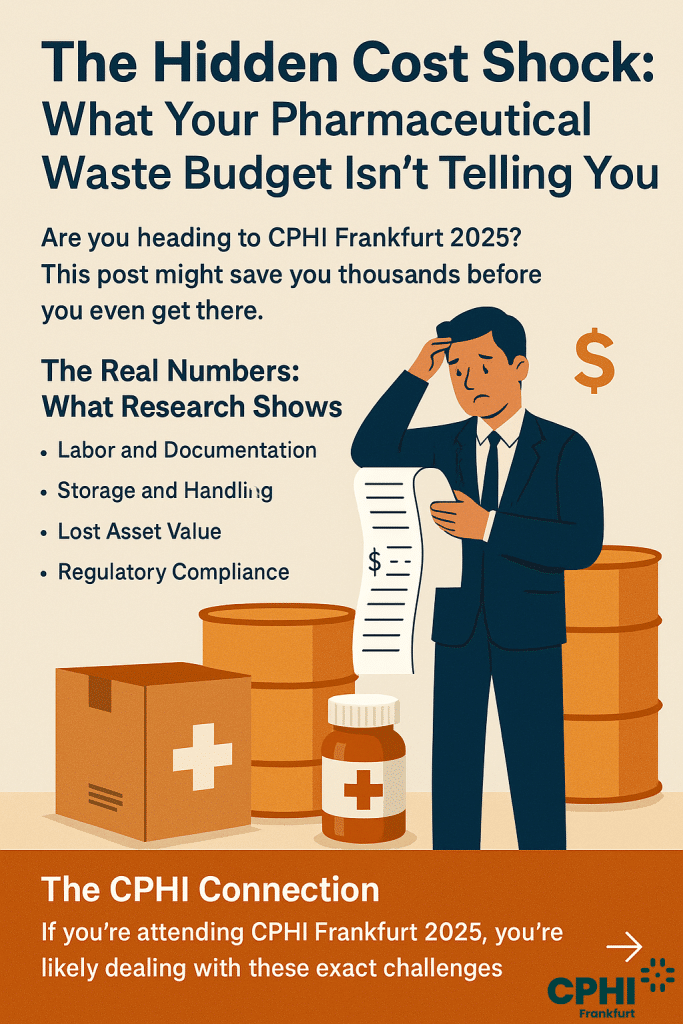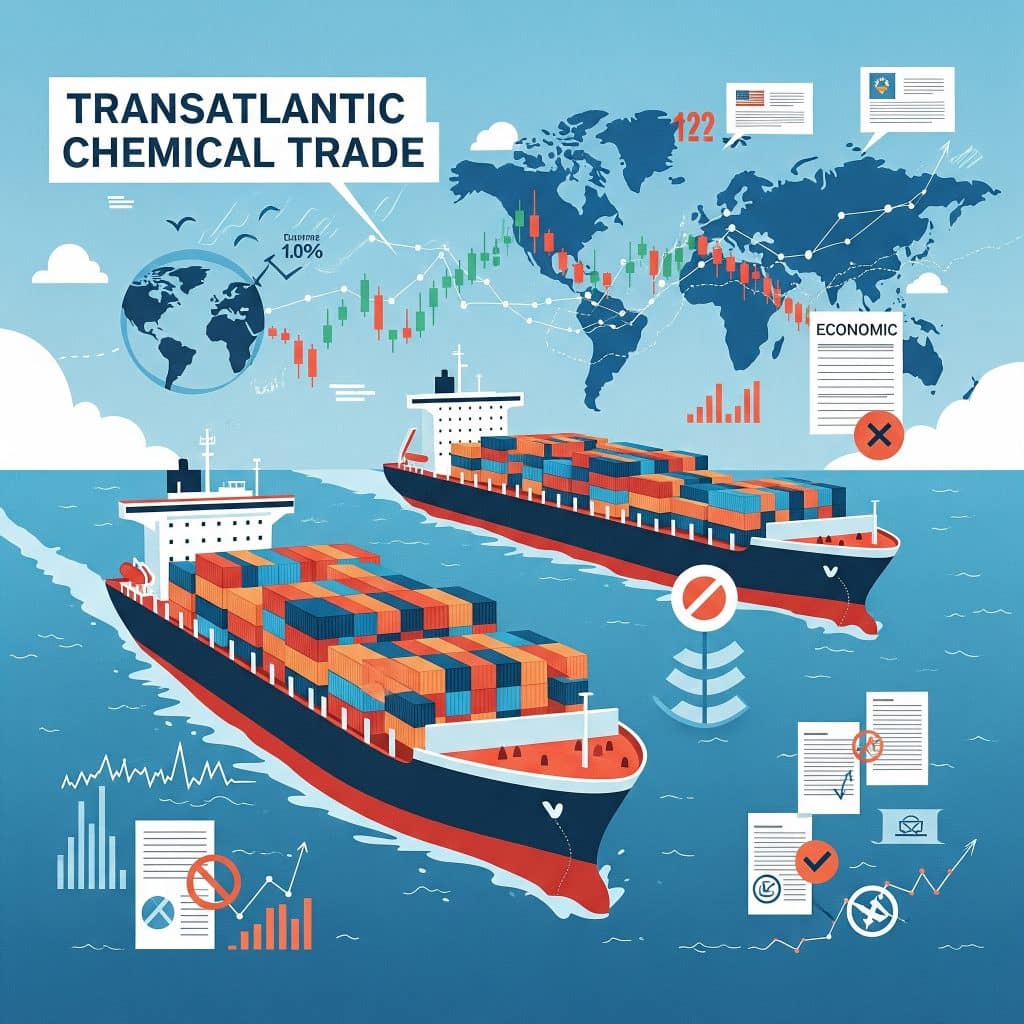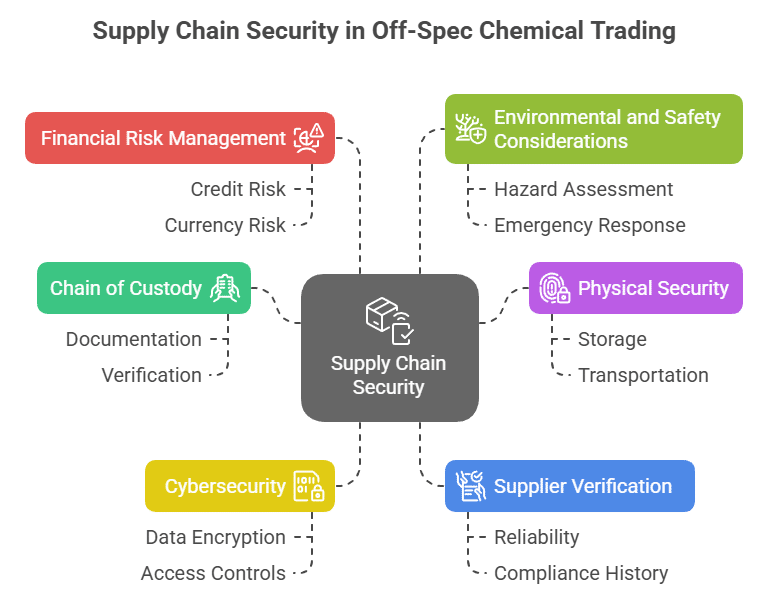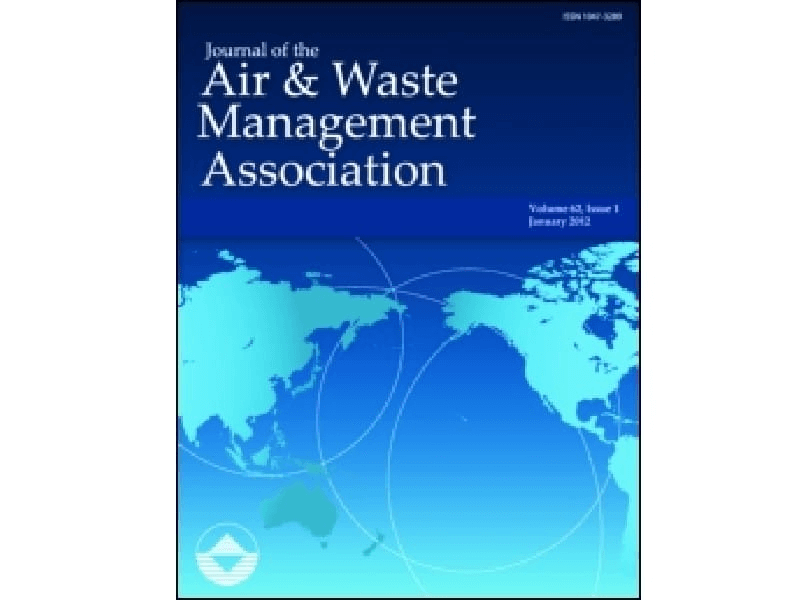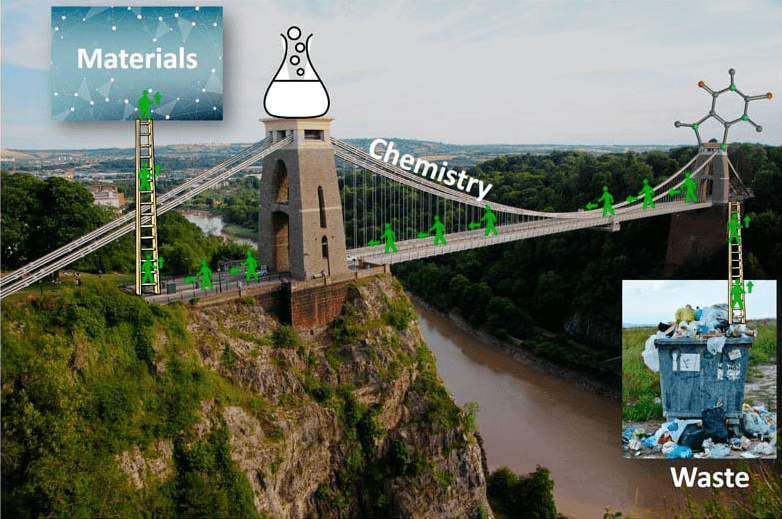Unlocking the Dual Benefits of Boric Acid in Pest Control & Pharmaceuticals
Boric Acid is a versatile, white crystalline compound known for its mild antiseptic properties and effective role in both pest control and pharmaceutical applications. Recognized for its ability to control insects such as cockroaches and ants and its application as a pH stabilizer in medical formulations, this chemical has become an indispensable material in diverse industries. Many companies accumulate surplus boric acid due to overproduction, seasonal demand fluctuations, or inventory upgrades. Instead of letting this valuable resource become a storage burden, businesses can turn their excess into a strategic asset—ready for repurposing or resale without compromising quality or efficacy.
Boric Acid Surplus Trading in Pest Control & Pharmaceuticals – Optimize Your Inventory
The market for surplus chemicals is booming, offering companies a practical way to recover costs, free up expensive storage space, and reduce disposal expenses, all while enhancing sustainability credentials. By buying and selling surplus boric acid, businesses not only enjoy cost savings and revenue generation but also contribute to a reduced environmental footprint. In many cases, turning surplus into profit helps avoid the high costs of hazardous waste disposal and stringent regulatory penalties. This approach offers a win–win scenario: sellers gain immediate financial return while buyers secure reliable sourcing of a chemical essential in both pest control solutions and pharmaceutical formulations.
Boric Acid in Pest Control & Pharmaceuticals: Dual Industry Applications
For buyers, acquiring surplus boric acid means securing high-quality material at a fraction of standard prices, ensuring budget-friendly procurement and reliable supply chains. Its proven efficacy in both pest control and pharmaceutical settings translates to consistent performance and adherence to industry standards. Additionally, sustainable sourcing practices bolster corporate social responsibility initiatives while mitigating supply uncertainties.
For sellers, offloading surplus boric acid presents an opportunity to recover invested capital, declutter storage facilities, and minimize costs associated with long-term chemical storage and waste disposal. This process not only optimizes inventory management but also aligns with green policies by reducing the environmental burden of unused chemicals. Moreover, sellers gain the added benefit of avoiding costly disposal fees and regulatory complications while converting excess inventory into liquid assets.
Table of Contents
Transforming Surplus into Success: A Boric Acid Case Study
A mid-sized chemical manufacturer specializing in pest control solutions faced a seasonal surplus of boric acid, which coincided with an unexpected surge in demand from a pharmaceutical client. Instead of incurring high storage costs and potential disposal fees, the company opted to trade its excess inventory through a surplus chemical platform. This strategic move enabled them to quickly transfer the unused material to a pharmaceutical partner who required stable, high-quality boric acid for new antiseptic formulations. The collaboration not only resulted in significant cost savings but also turned a potential liability into a profitable asset while helping both parties meet their production deadlines and sustainability targets.

